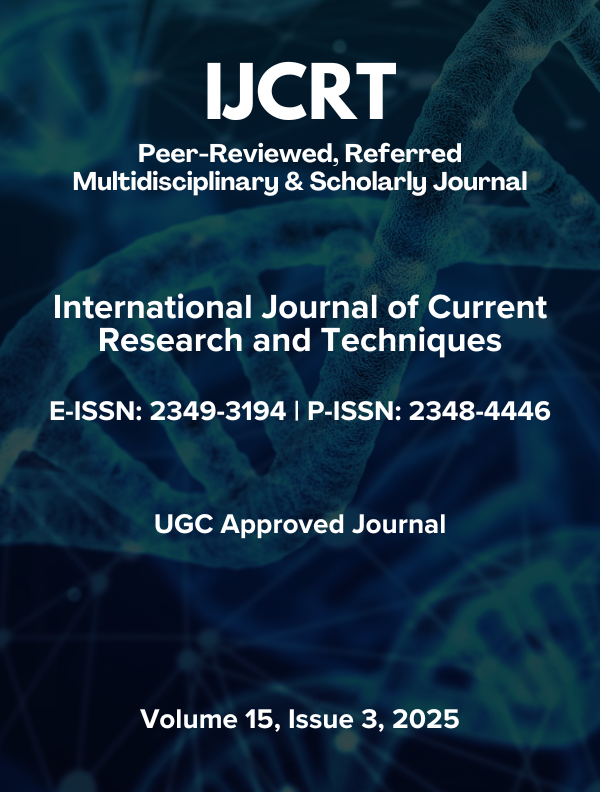Published 2025-07-12
Keywords
- Insolvency,
- Group insolvency,
- consolidation,
- Corporate Insolvency Resolution Process
How to Cite
Copyright (c) 2025 IJCRT Research Journal | UGC Approved and UGC Care Journal | Scopus Indexed Journal Norms

This work is licensed under a Creative Commons Attribution 4.0 International License.
Abstract
The Insolvency and Bankruptcy Code, 2016 (IBC) represents a landmark reform in India’s corporate insolvency framework. However, its current structure lacks a comprehensive mechanism to address the insolvency of corporate groups—entities that are legally distinct but economically and operationally interdependent. This gap poses significant challenges, including procedural inefficiencies, value erosion, and the risk of conflicting judicial outcomes. In a globalized economy where corporate group structures are increasingly prevalent, the absence of a coordinated insolvency regime undermines the effectiveness of resolution processes. This paper explores the conceptual and practical need for a group insolvency framework in India. It draws upon international jurisprudence and regulatory frameworks, including the UNCITRAL Model Law on Enterprise Group Insolvency and comparative practices from jurisdictions such as the United States, Germany, and the European Union. The study also critically assesses recent developments in Indian insolvency jurisprudence and the recommendations of the various reports. Through this analysis, the paper advocates for the integration of a structured group insolvency mechanism within the IBC, emphasizing the need for efficacy and fairness of insolvency proceedings involving corporate groups.

